Business Environment: Types, Size, Scope and Stakeholder Analysis
VerifiedAdded on 2023/03/29
|12
|403
|264
Presentation
AI Summary
This presentation provides an overview of the business environment, focusing on different types of organizations, including public, private, and voluntary sectors. It explains the purpose of each sector, highlighting examples like Transport for London (public), Thomas Cook (private), and The National Trust (voluntary). The presentation also discusses the aims and objectives of private and public sector organizations, such as profit maximization and economic transformation, respectively. Furthermore, it analyses the size and scope of ventures like Thomas Cook and Transport for London, considering factors like employees, customers, and net income. Finally, the presentation delves into stakeholder analysis, utilizing Mendelow's matrix to categorize stakeholders based on their power and interest, emphasizing the importance of managing stakeholder relationships for organizational success. Desklib offers a wealth of similar solved assignments and past papers to aid students in their studies.
1 out of 12
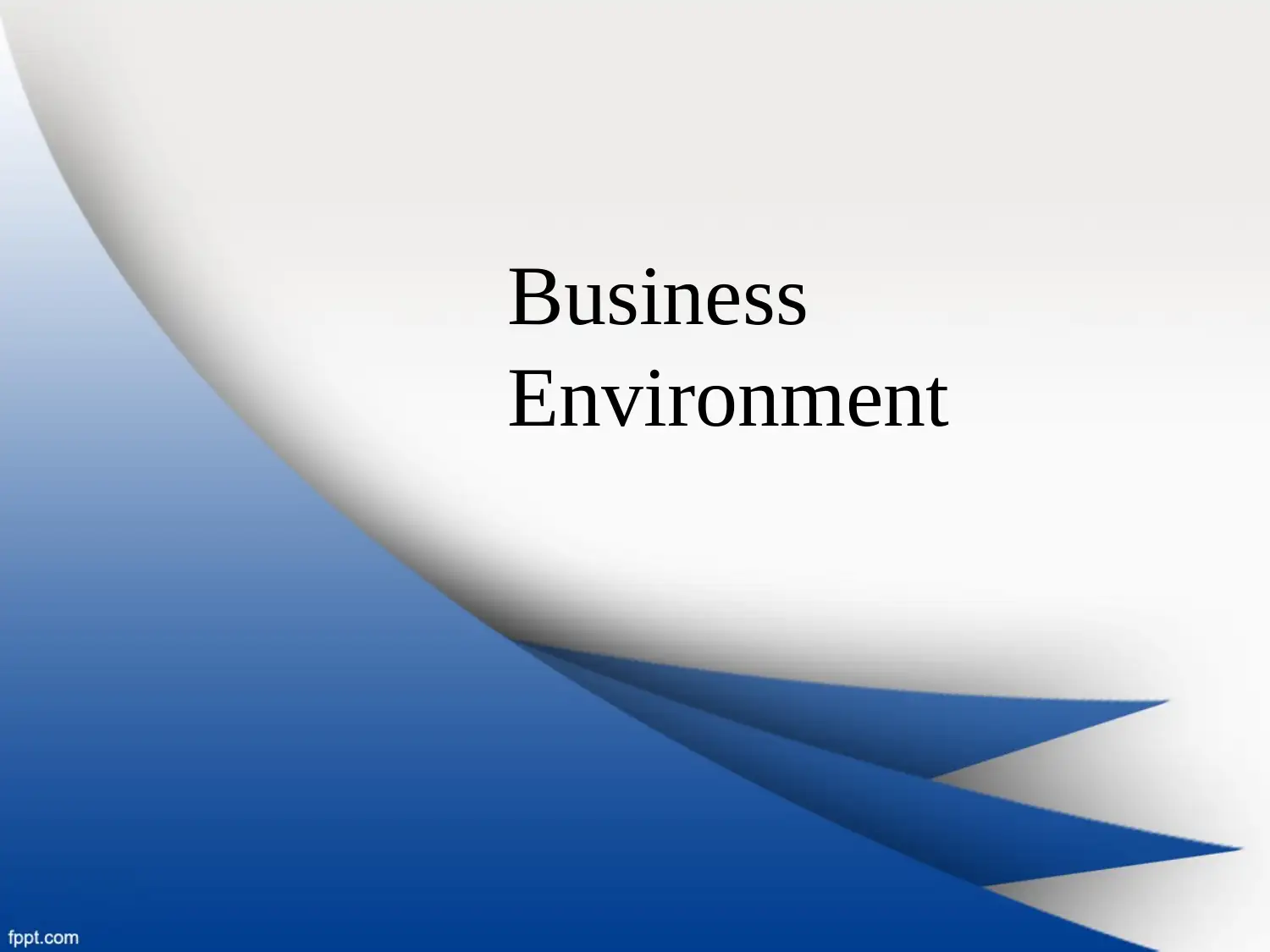
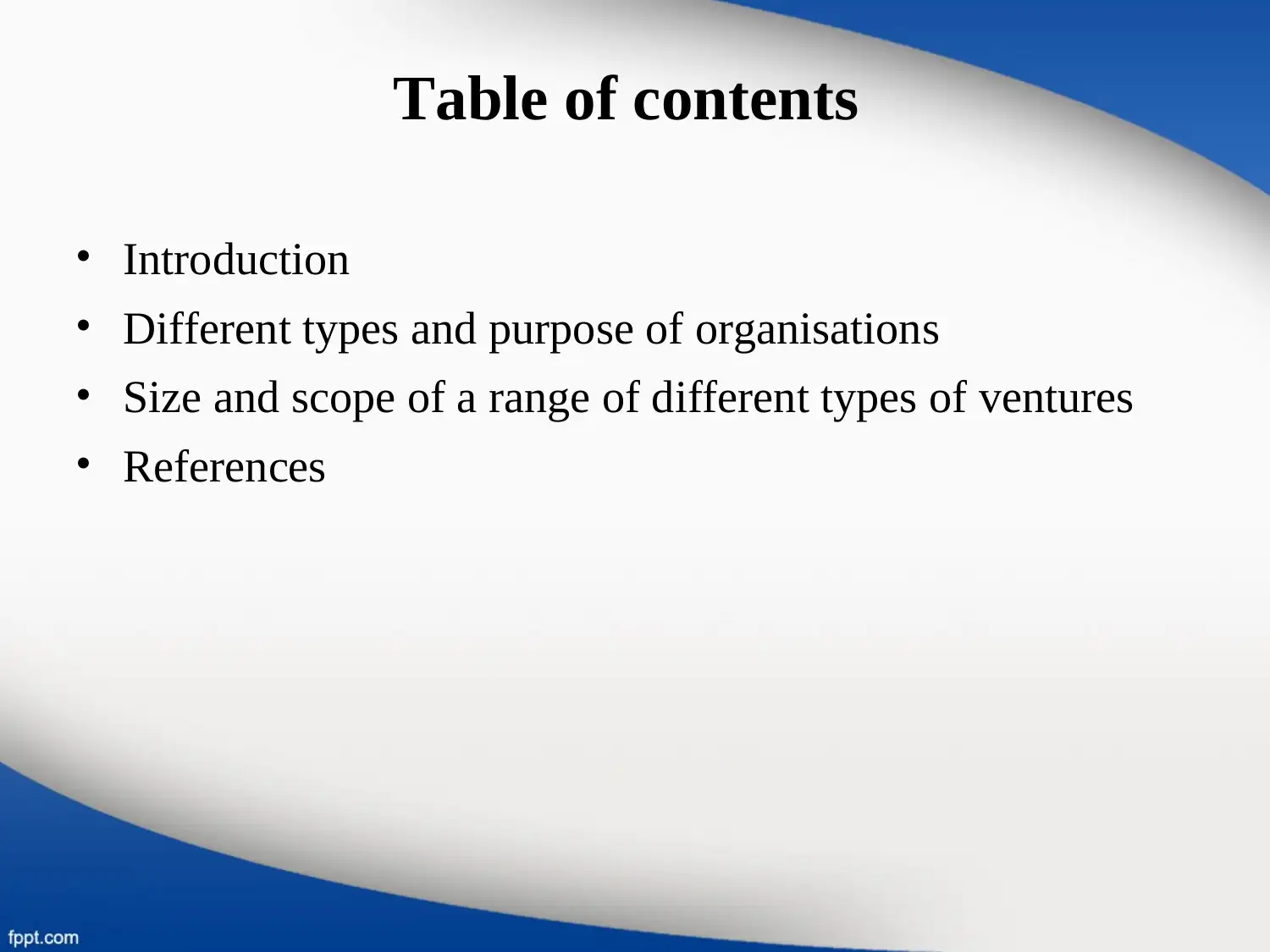
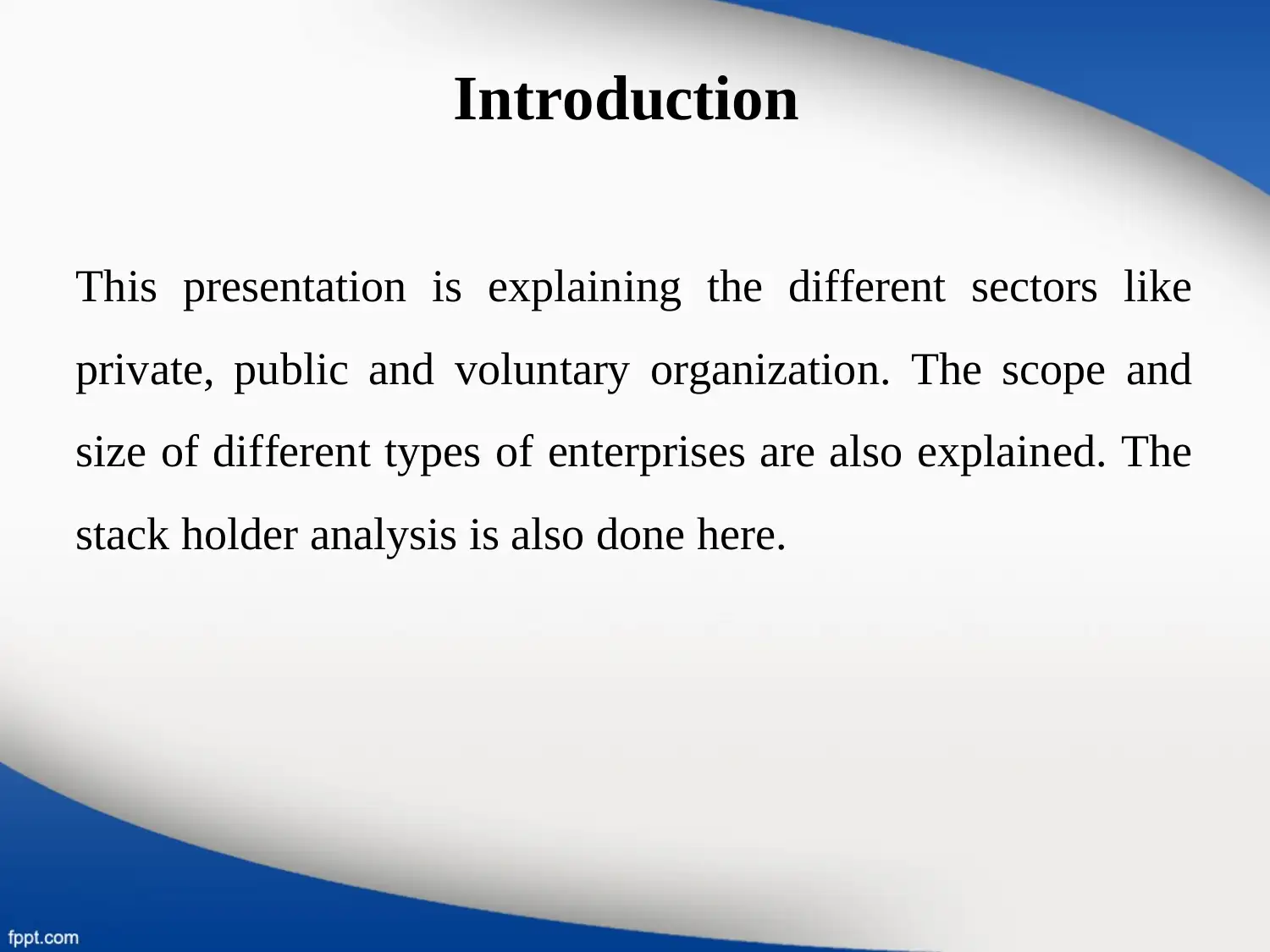

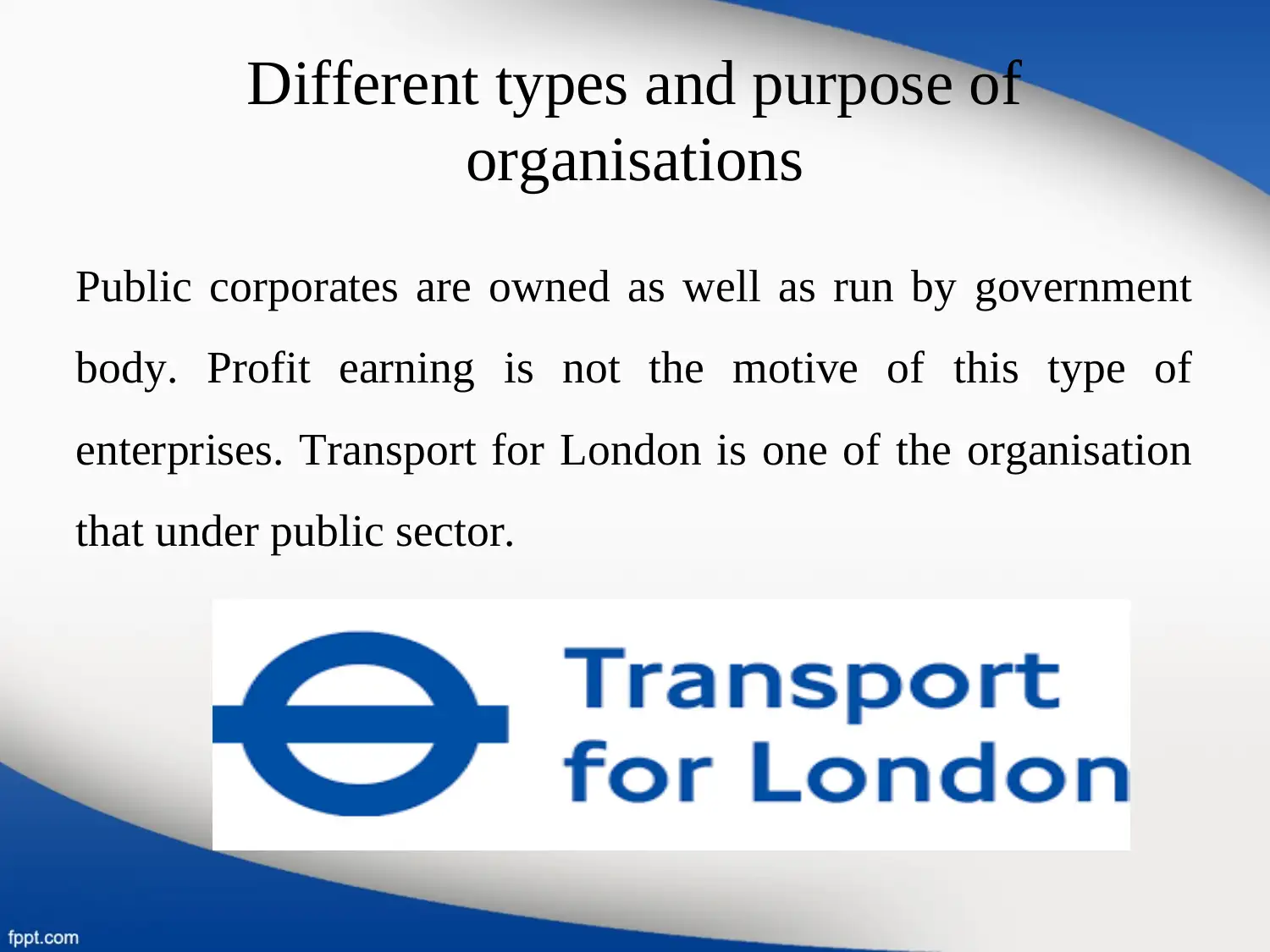
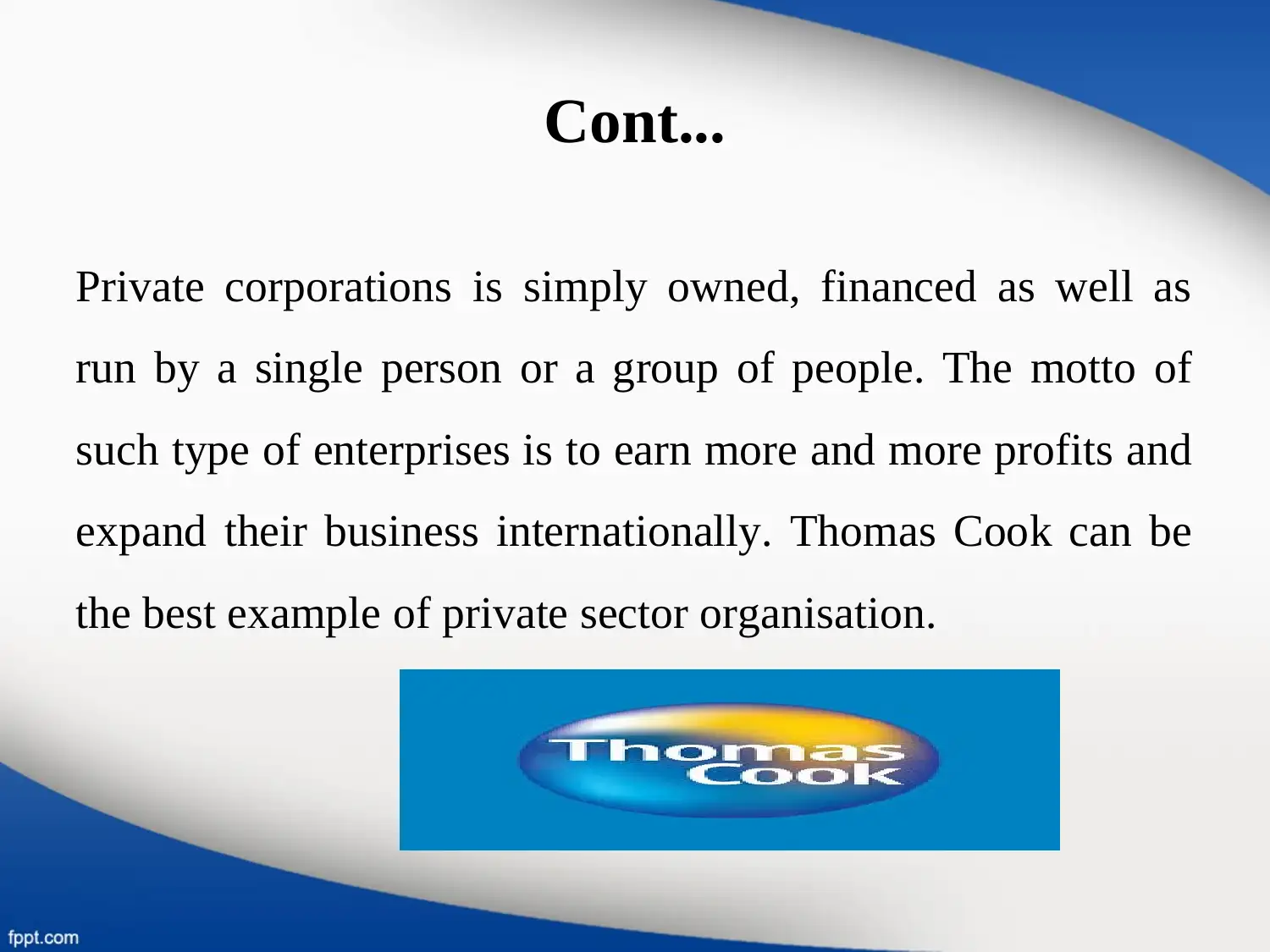
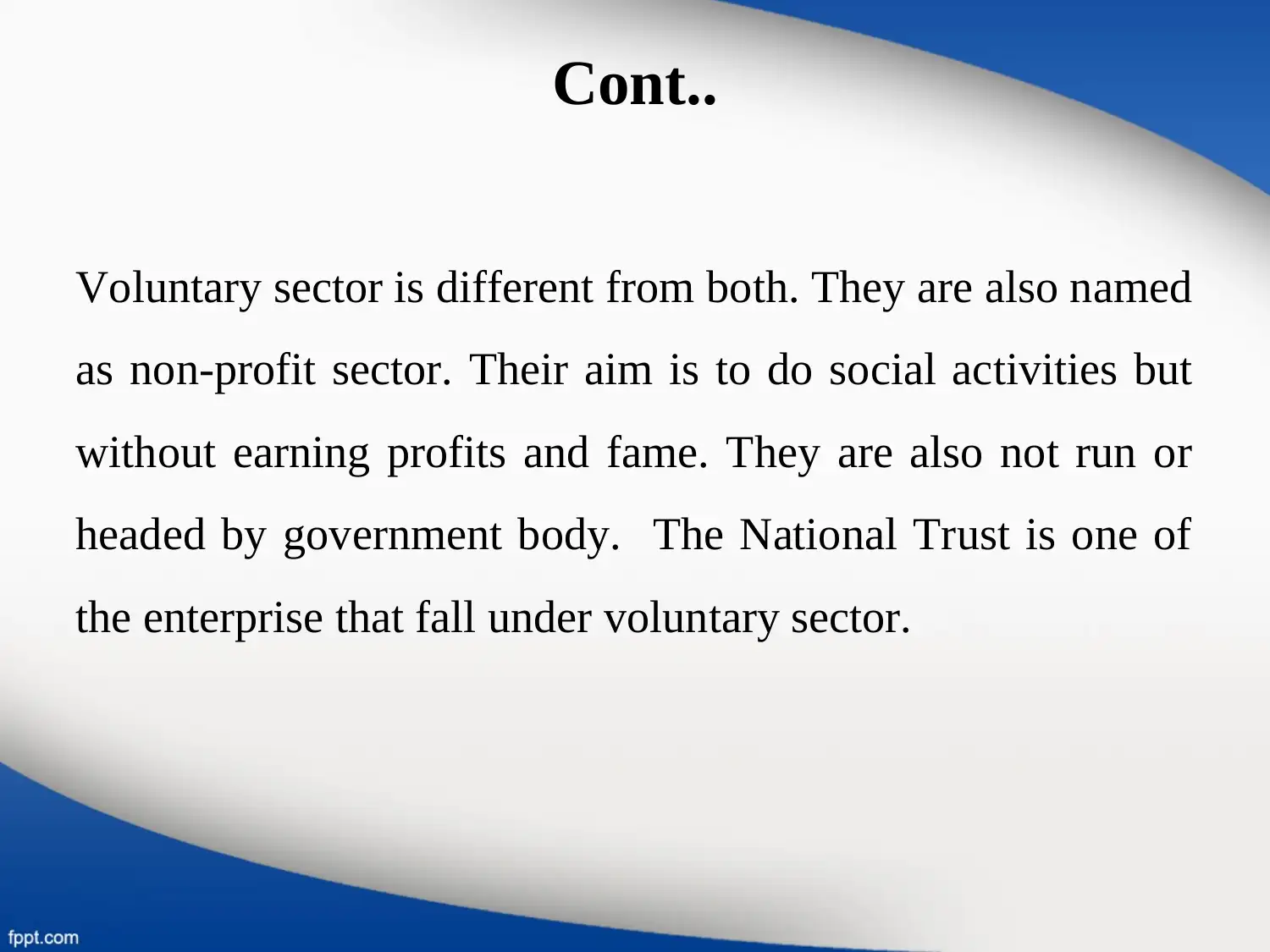
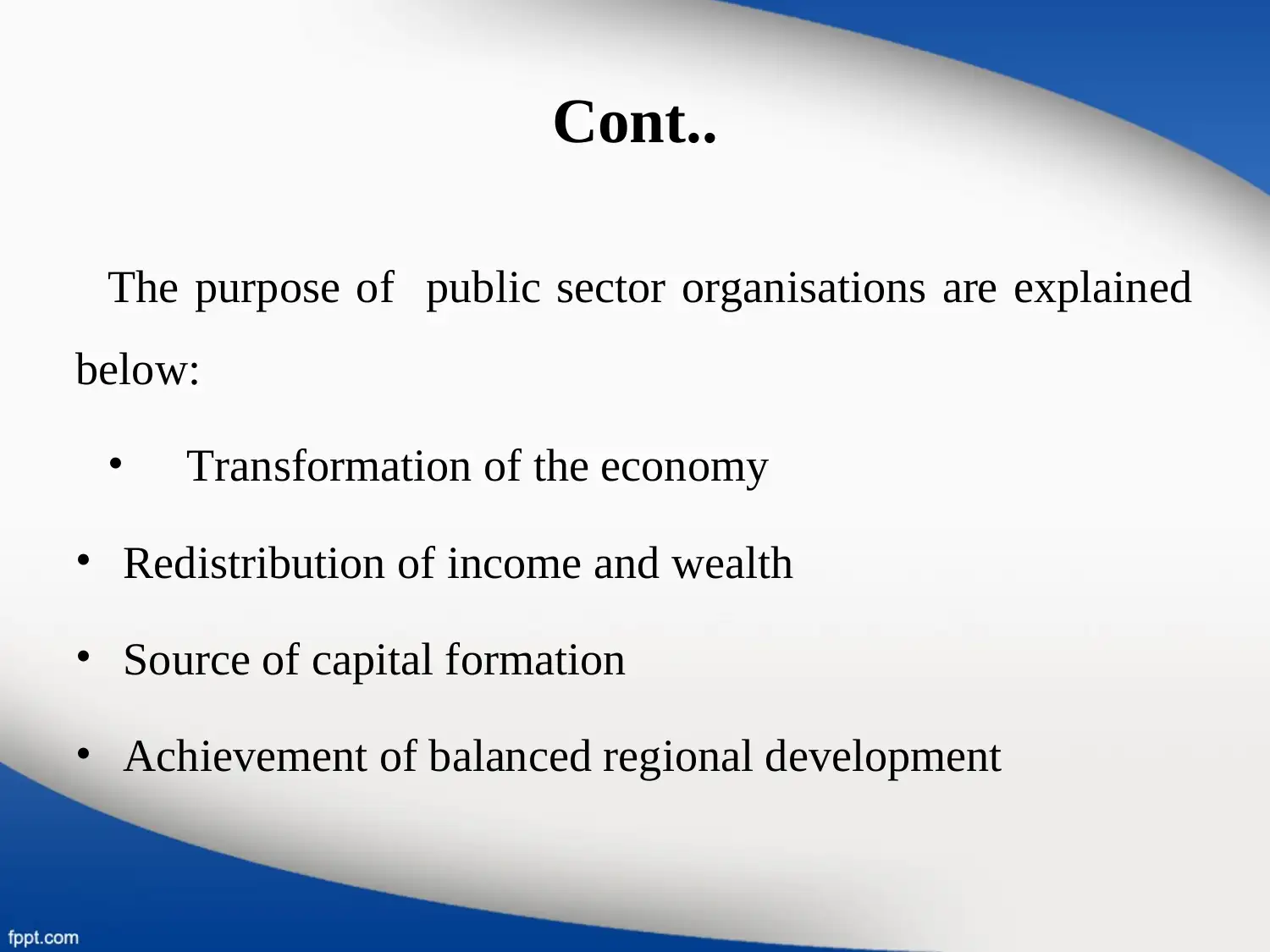
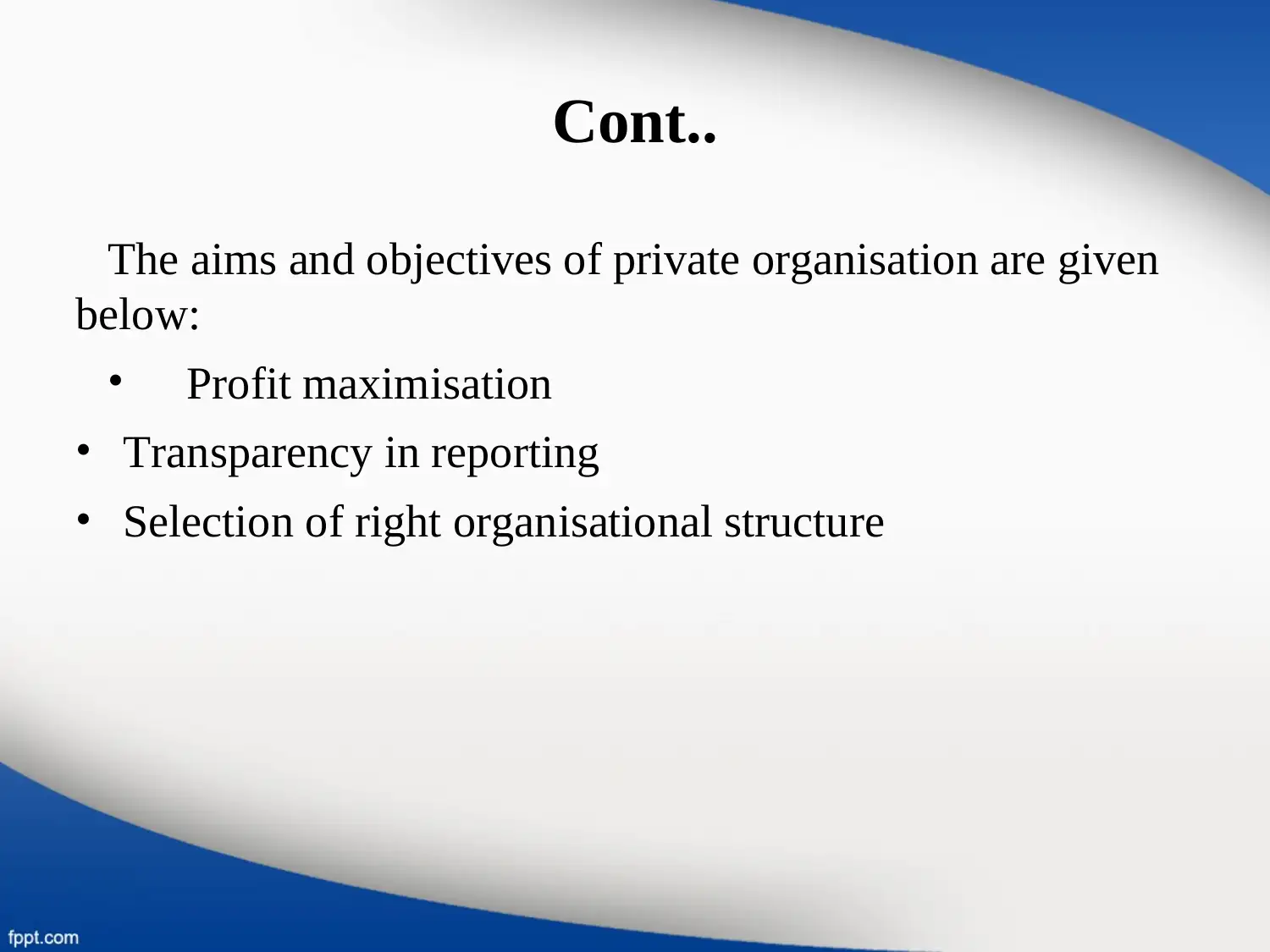
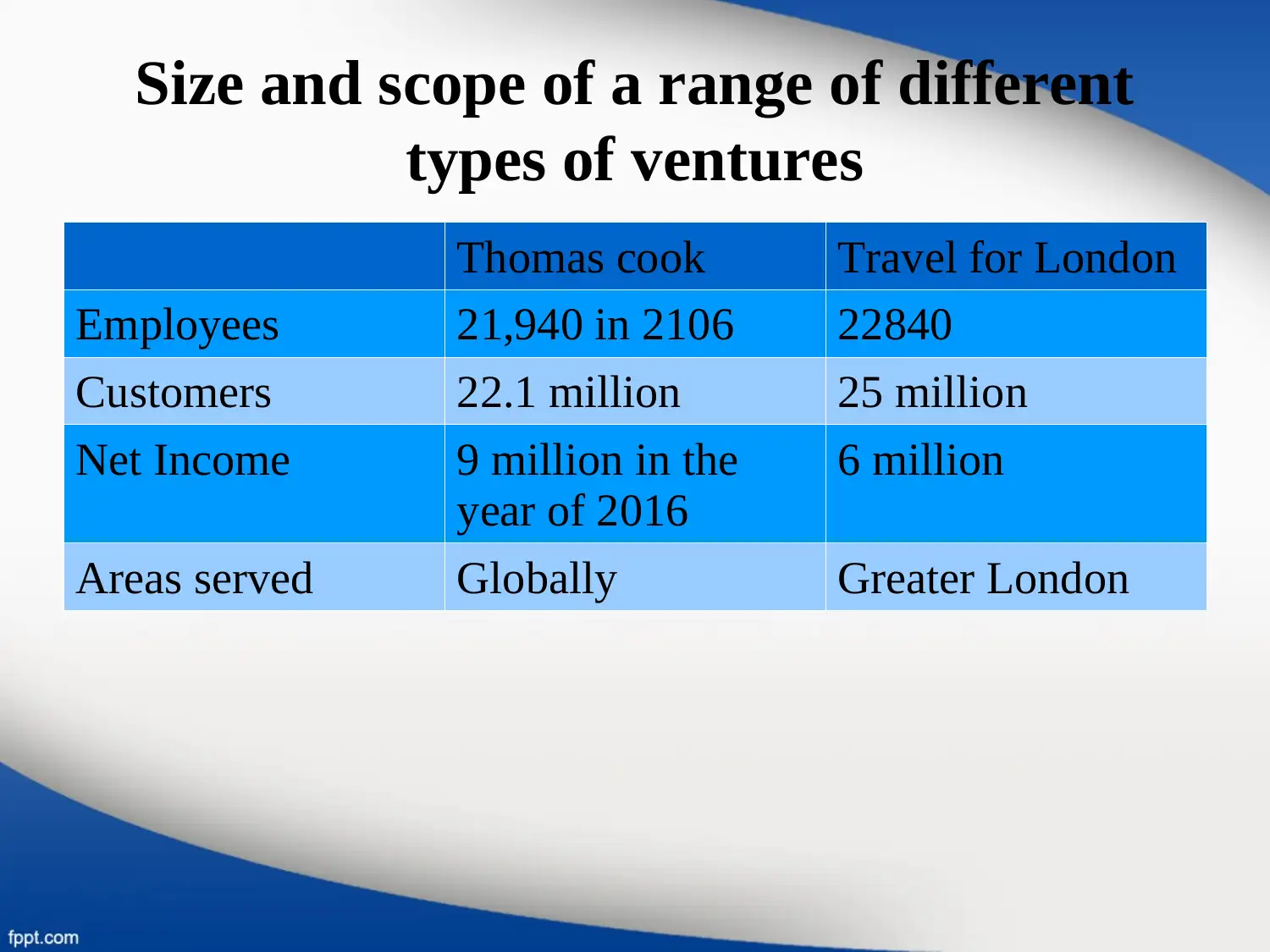
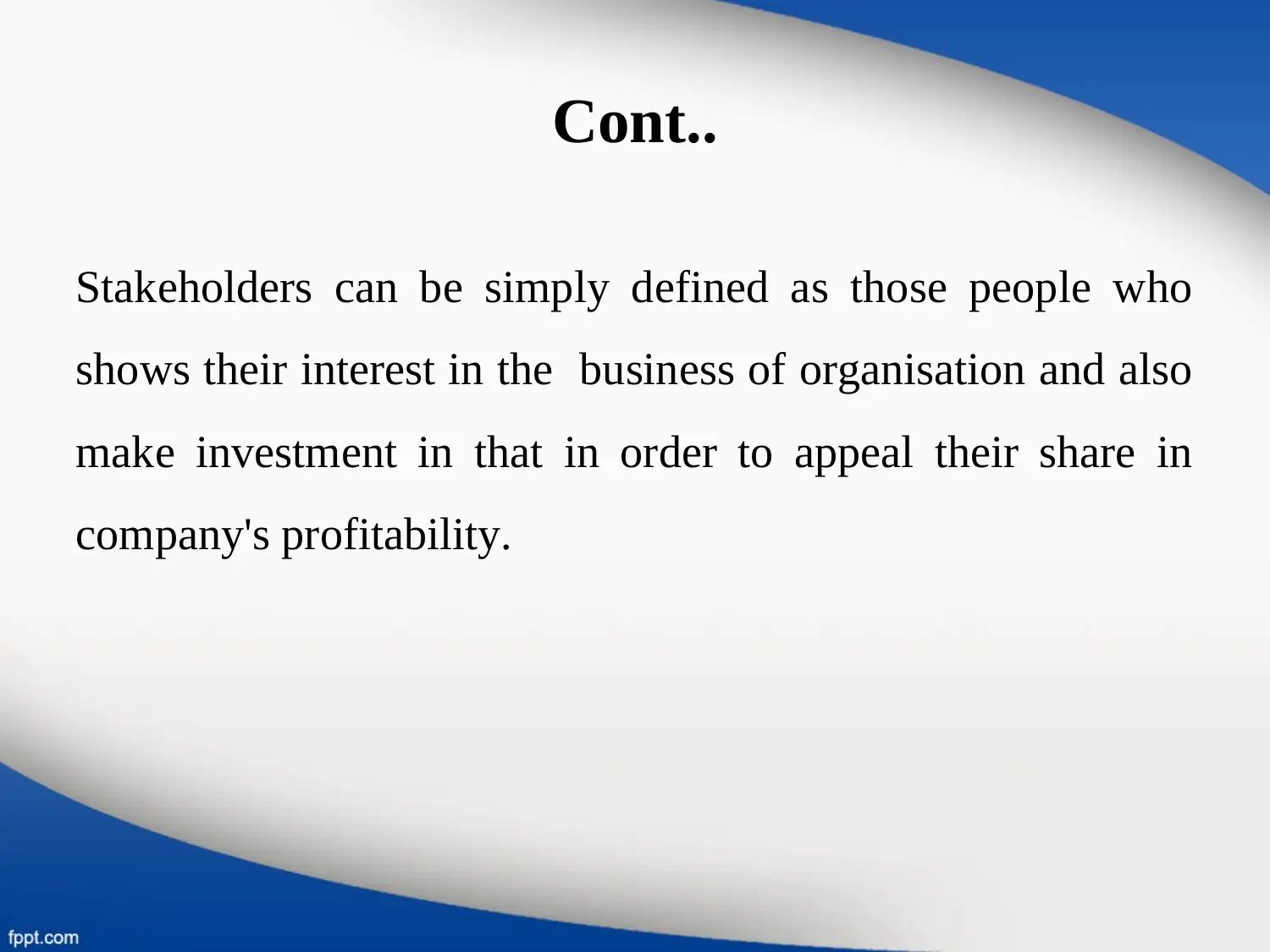
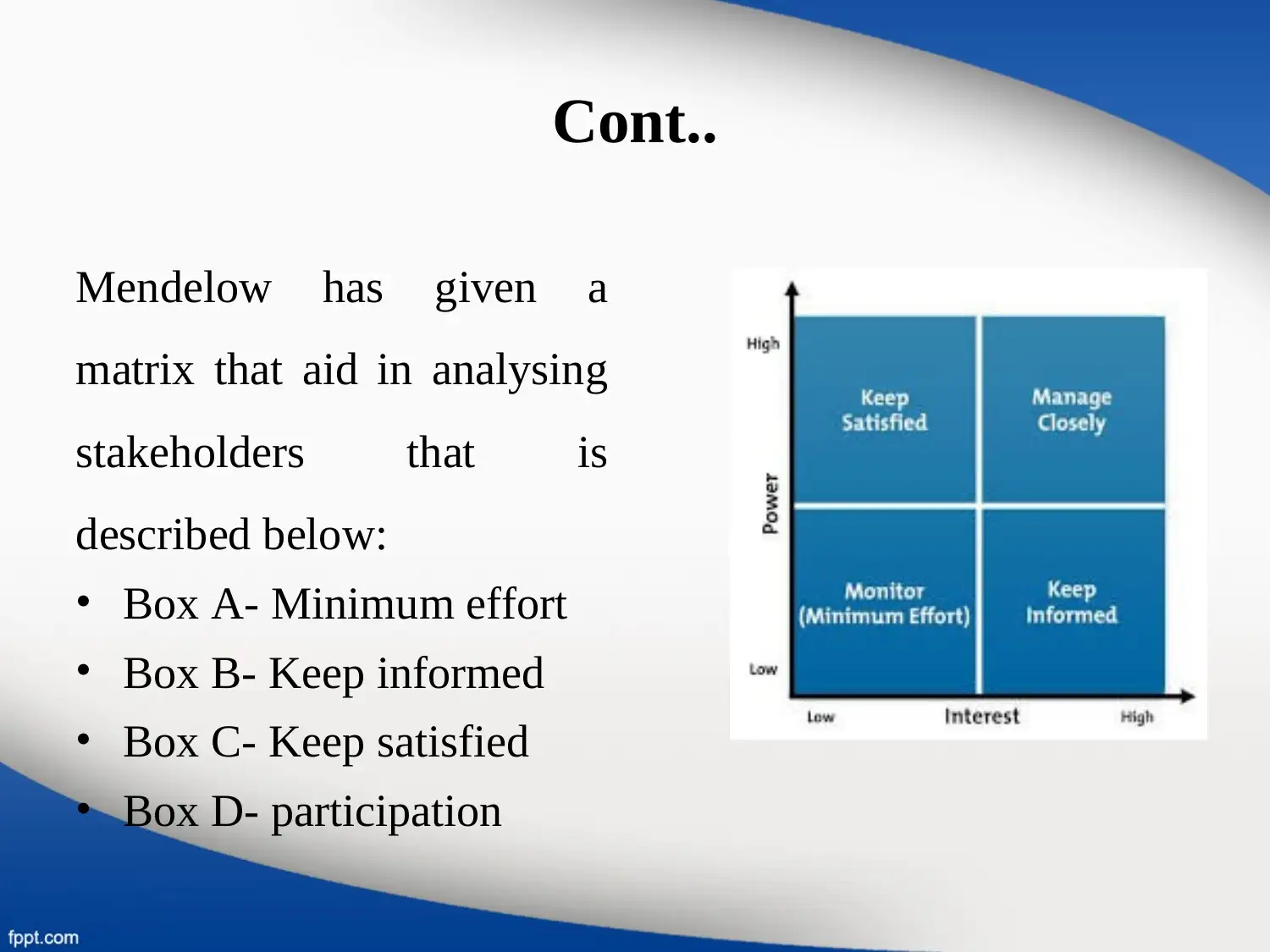
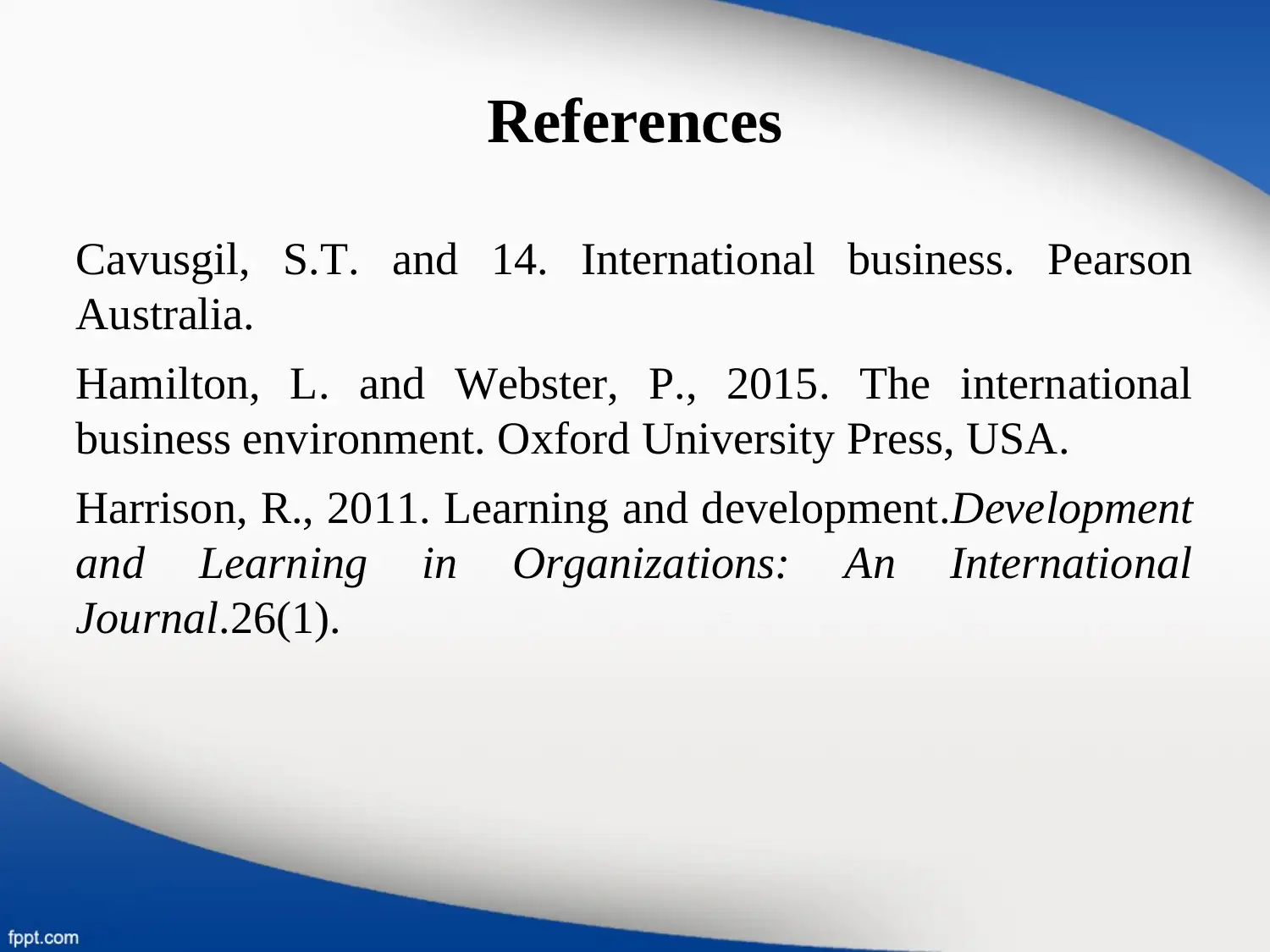






![[object Object]](/_next/static/media/star-bottom.7253800d.svg)